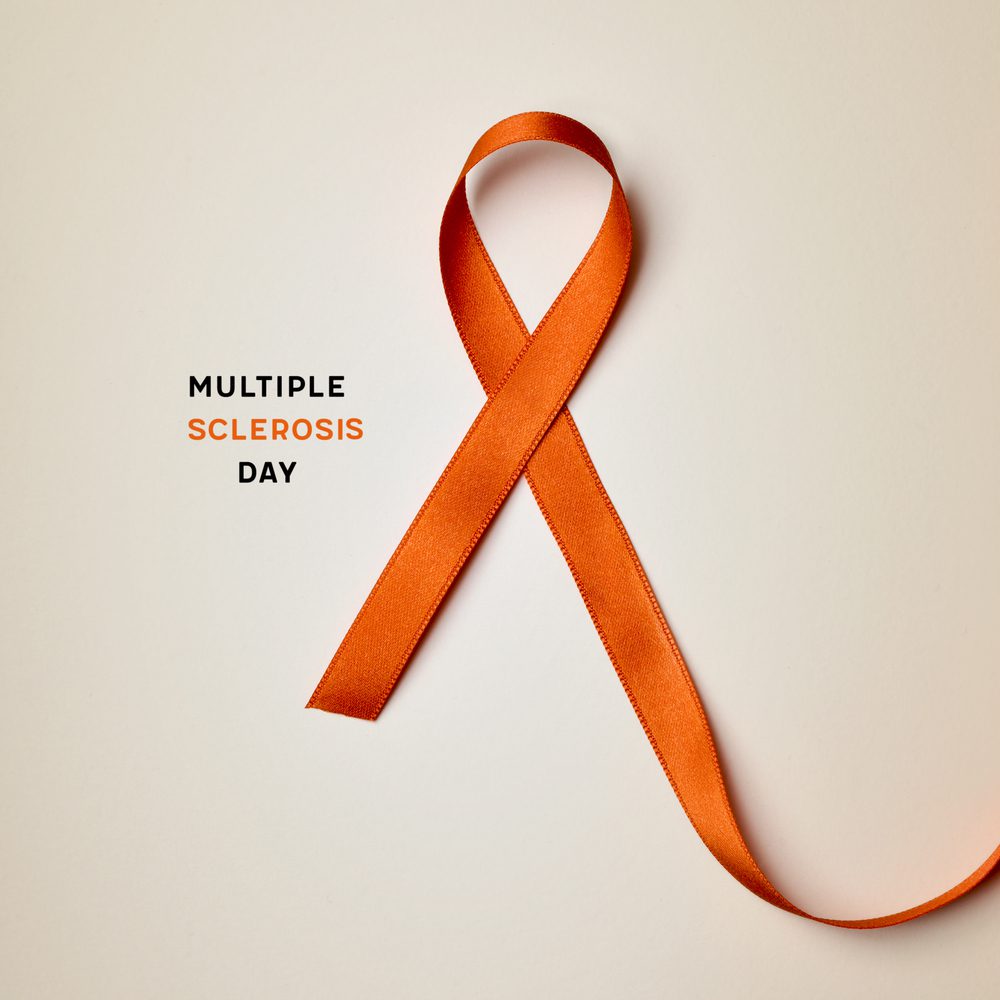Search by Color or Cause


World MS Day is the MS movement’s annual campaign to raise awareness of this condition. It also supports and connects the 2.8 million people living with MS worldwide. World MS Day is a day to celebrate global solidarity and hope for the future. In 2009, MSIF and its members initiated the first World MS Day. Together they have reached hundreds of thousands of people around the world, with a campaign focusing on a different theme each year.
World MS Day takes place on May 30. Events and campaigns take place throughout the month of May. It brings the global MS community together to share stories. It also helps to raise awareness for everyone affected by multiple sclerosis. Wear an orange fabric awareness enamel ribbon pin or orange silicone dwristband to recognize World MS Day.
Multiple sclerosis (MS) is one of the most common diseases of the central nervous system (brain and spinal cord). Today more than 2.8 million people around the world have MS.
MS is an inflammatory demyelinating condition. This means it is caused by damage to myelin. Myelin is a fatty material that insulates nerves. The insulation acts much like the covering of an electric wire. Myelin allows a nerve to transmit its impulses rapidly. It is the speed and efficiency with which these impulses are conducted that permits smooth, rapid and co-ordinated movements to be performed with little conscious effort.
In MS, the loss of myelin (demyelination) is accompanied by a disruption in the ability of the nerves to conduct electrical impulses to and from the brain. This produces the various symptoms of MS. The sites where myelin is lost (plaques or lesions) become hardened (scar) areas. In multiple sclerosis these scars appear at different times and in different areas of the brain and spinal cord. The term multiple sclerosis means “many scars.”
MS symptoms vary widely. They include blurred vision, weak limbs, tingling sensations, unsteadiness and fatigue. For some people, MS includes periods of relapse and remission. However, for others, it has a progressive pattern. For everyone with MS, it makes life unpredictable.
Some people may feel and seem healthy for many years following diagnosis, while others may be severely debilitated very quickly. Most people fit somewhere between these two extremes. Every individual will experience a different combination of MS symptoms. It is hard to predict how MS will affect a person over their lifetime.
Clinically Isolated Syndrome (CIS) is the first episode of neurological symptoms experienced by a person. It lasts at least 24 hours. The person may experience a single sign or symptom, or more than one at the same time. It is caused by inflammation and demyelination in the central nervous system. CIS is an early sign of MS, but not everyone who experiences CIS goes on to develop MS. Researchers don’t yet know why CIS turns into MS for some people but not others. If someone with CIS also has lesions (as seen on a brain MRI scan) that are similar to those seen in MS. Their risk for MS is higher.Research suggests that early treatment of CIS can delay conversion to MS for people at high risk.
In relapsing-remitting MS (RRMS, sometimes referred to as relapsing MS), people experience attacks or exacerbations of symptoms (‘relapses’). These can then fade or disappear (‘remission’). The symptoms may be new, or existing symptoms may become more severe. Relapses can last for varying periods, ranging from a few days up to months. Then the disease may be inactive for months or years. About 85 per cent of people with MS are initially diagnosed with RRMS.
RRMS can be categorized by whether it is active or not active (someone who has active MS experiences relapses and/or evidence of new MRI activity). It can also be classified as worsening (a confirmed increase in disability over a specified period of time following a relapse) or not worsening.
Secondary Progressive MS (SPMS) is a secondary phase of relapsing MS that may develop years or even decades following diagnosis with relapsing-remitting MS. Most people who have RRMS will transition to SPMS. In SPMS there is progressive worsening of symptoms over time with no definite periods of remission.
SPMS is categorized by whether it is active or not active (someone who has active MS experiences relapses and/or evidence of new MRI activity). It can also be classified as with progression (evidence of disease worsening over time, with or without relapses) or without progression.
About 10 to 15 per cent of people with MS have primary progressive MS (PPMS). People with PPMS have steadily worsening symptoms and disability from the start, rather than sudden attacks or relapses followed by recovery.
PPMS is categorized by whether it is active or not active (someone who has active MS experiences relapses and/or evidence of new MRI activity). It can also be classified as with progression (evidence of disease worsening over time, with or without relapses) or without progression.